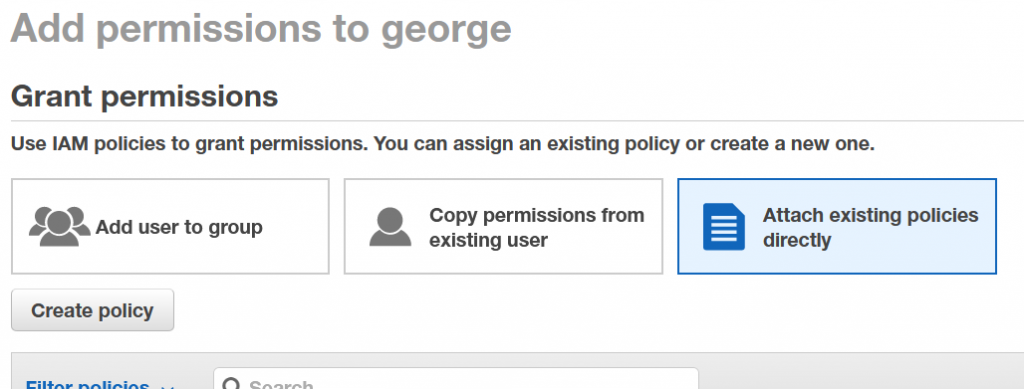

A common way to solve this challenge is to use a central identity store such as AWS IAM Identity Center, which functions as your identity provider (IdP). Maintaining a separate set of credentials to authenticate users and authorize access for each resource is not only tedious, it’s not scalable. In this blog post, we show you how you can integrate Client VPN with your existing AWS IAM Identity Center via a custom SAML 2.0 application to authenticate and authorize your Client VPN connections and traffic. Read more about the name change here.ĪWS Client VPN is a managed client-based VPN service that enables users to use an OpenVPN-based client to securely access their resources in Amazon Web Services (AWS) and in their on-premises network from any location. An unauthorized request returns the message Missing Authentication Token and a 403 Forbidden response code.September 12, 2022: This blog post has been updated to reflect the new name of AWS Single Sign-On (SSO) – AWS IAM Identity Center.
#AWS IAM AUTHENTICATOR FULL#
Note: The full request URL with resource name looks like the following: Īn authenticated request returns a 200 OK response code. If you activated IAM authentication on a method for a particular API resource, then append the resource name to the end of the invoke URL. In the Enter request URL field, paste your API's invoke URL. The IAM user must be in the IAM group that has access to your API.Ģ. In Postman, on the Authorization tab, do the following:įor AccessKey and SecretKey, enter the IAM access key ID and secret access key for an IAM user. For more information, see Signing requests.ġ. Note: To manually authenticate requests that are sent to API Gateway using another tool or environment, use the Signature Version 4 signing process. Use the Postman app to send a request to your API resource using the method that you activated IAM authentication for. Send a request to test the authentication settings For more information, see Policy evaluation outcome tables. Important: If you deny access to your API with one type of IAM policy and allow access with another type of policy, access is denied. For more information, see IAM authentication and resource policy and Identity-based policies and resource-based policies. You can also use API Gateway resource policies (resource-based permissions) along with IAM policies (identity-based permissions) to manage access to your API. (Optional) Configure an API Gateway resource policy Note: It's a best practice to grant access at the IAM group level. Attach your IAM policy to an IAM group by doing one of the following: Attach the policy to an existing IAM group.Īttach the policy when creating a new IAM group.įor more information, see Create and attach a policy to an IAM User. For examples and formatting guidance, see the following: Control access for invoking an API IAM policy examples for API execution permissions Amazon API Gateway identity-based policy examples Note: To complete the testing instructions at the end of this article, you must allow invoke permissions.ģ. Create an IAM policy that includes the required permissions. For more information, see Control access to an API with IAM permissions.Ģ. Determine the permissions that you want your API users to have. Grant API authorization to a group of IAM usersġ. Also, Obtain an API's invoke URL in the API Gateway console.

You'll use the Invoke URL later for testing.įor more information, see Set up a method using the API Gateway console. In the Stage Editor pane, copy the Invoke URL. Deploy your API for the changes to take effect.ħ.

(Optional) Repeat steps 2-4 for each API method that you want to activate IAM authentication for.Ħ. Then, choose AWS_IAM from the dropdown list, and then choose the check mark icon ( Update).ĥ. Under Settings, for Authorization, choose the pencil icon ( Edit). In the Method Execution pane, choose Method Request.Ĥ. In the Resources pane, choose a method (such as GET or POST) that you want to activate IAM authentication for.ģ. In the API Gateway console, choose the name of your API.Ģ. Resolution Turn on IAM authentication for your REST APIġ. Then, use IAM policies and resource policies to designate permissions for your API's users.įor more information about the different security features available for API Gateway, see Controlling and managing access to a REST API in API Gateway.

Turn on IAM authentication for an API method in the API Gateway console.


 0 kommentar(er)
0 kommentar(er)
